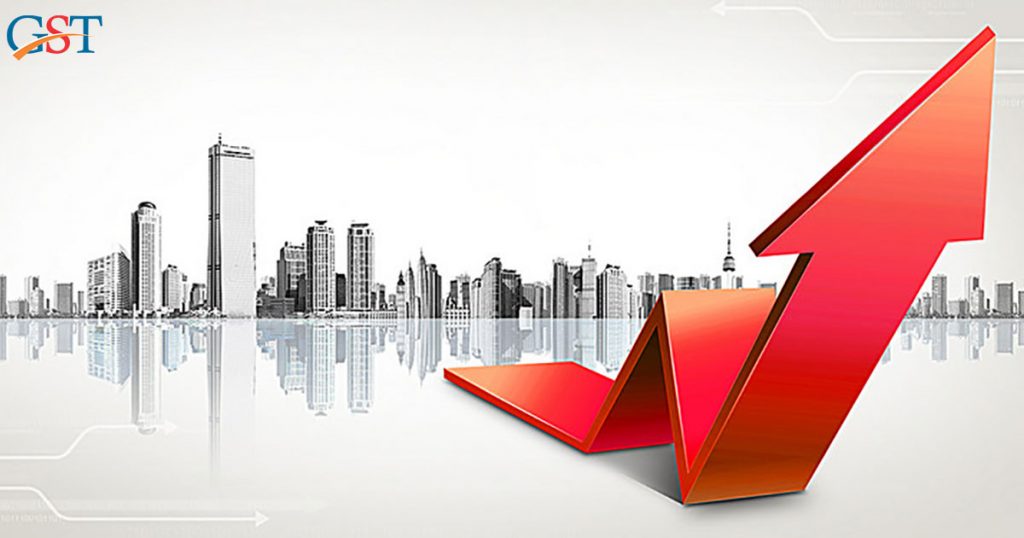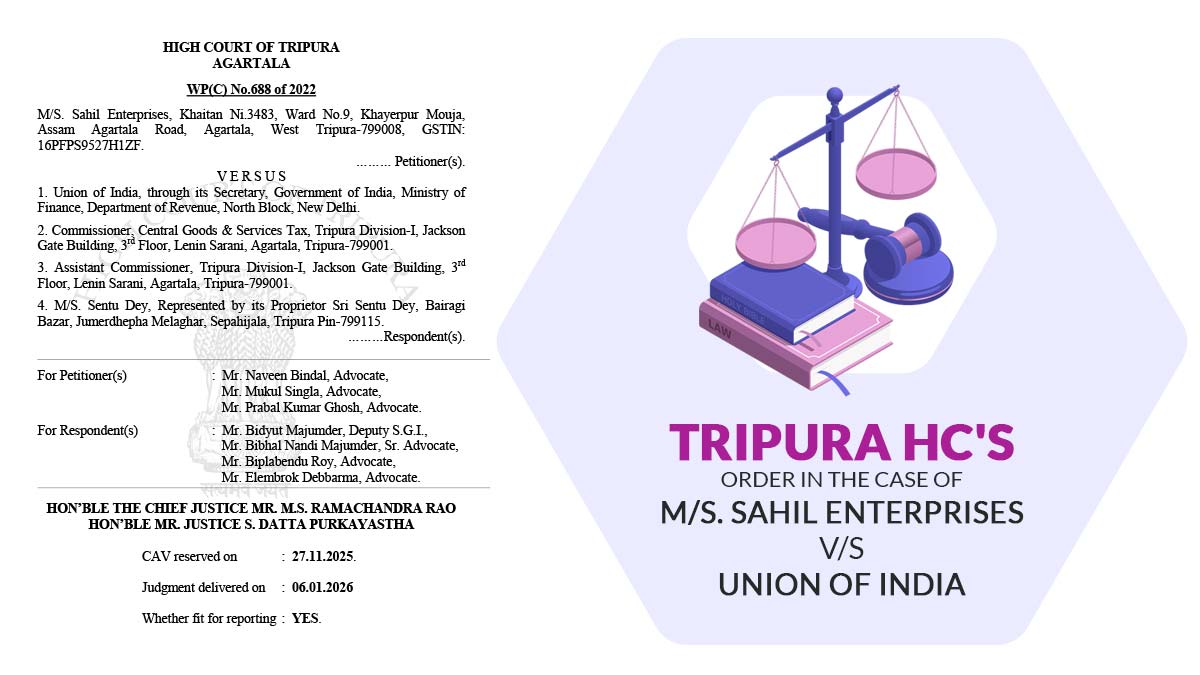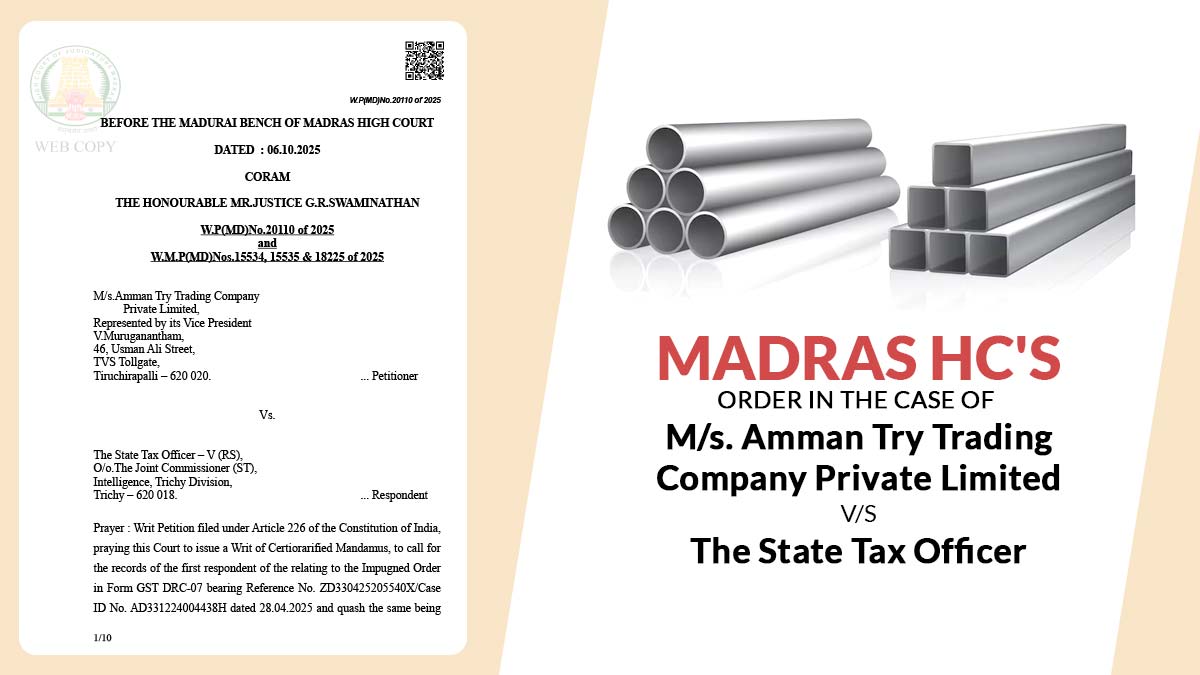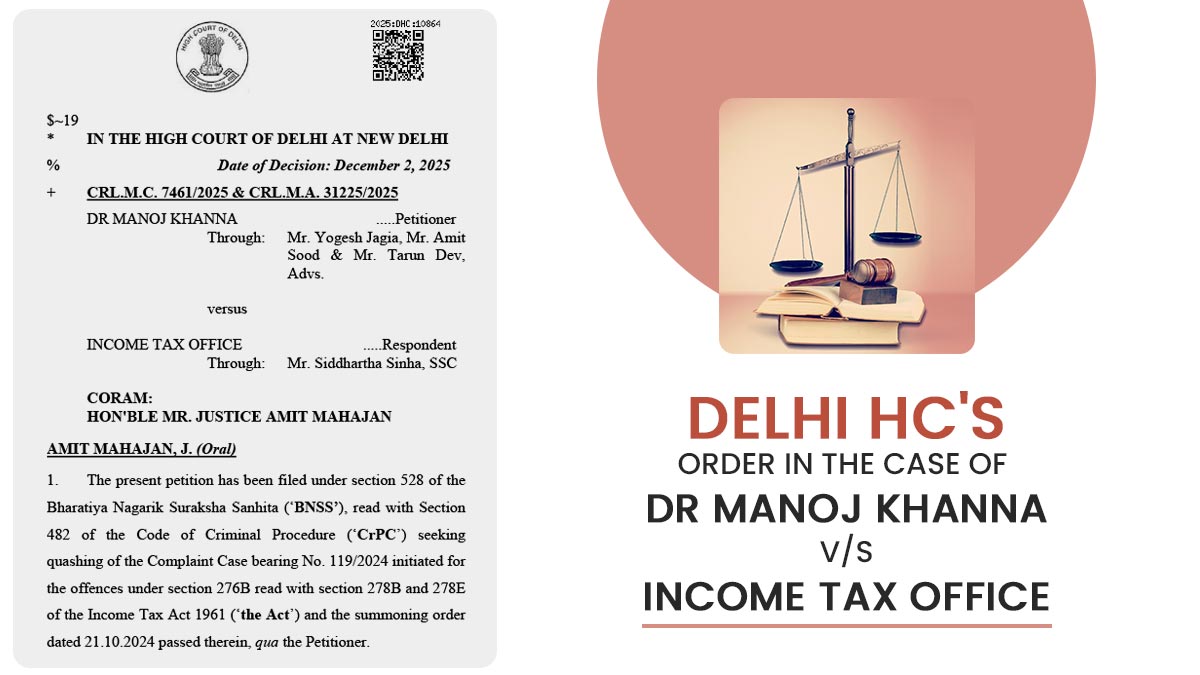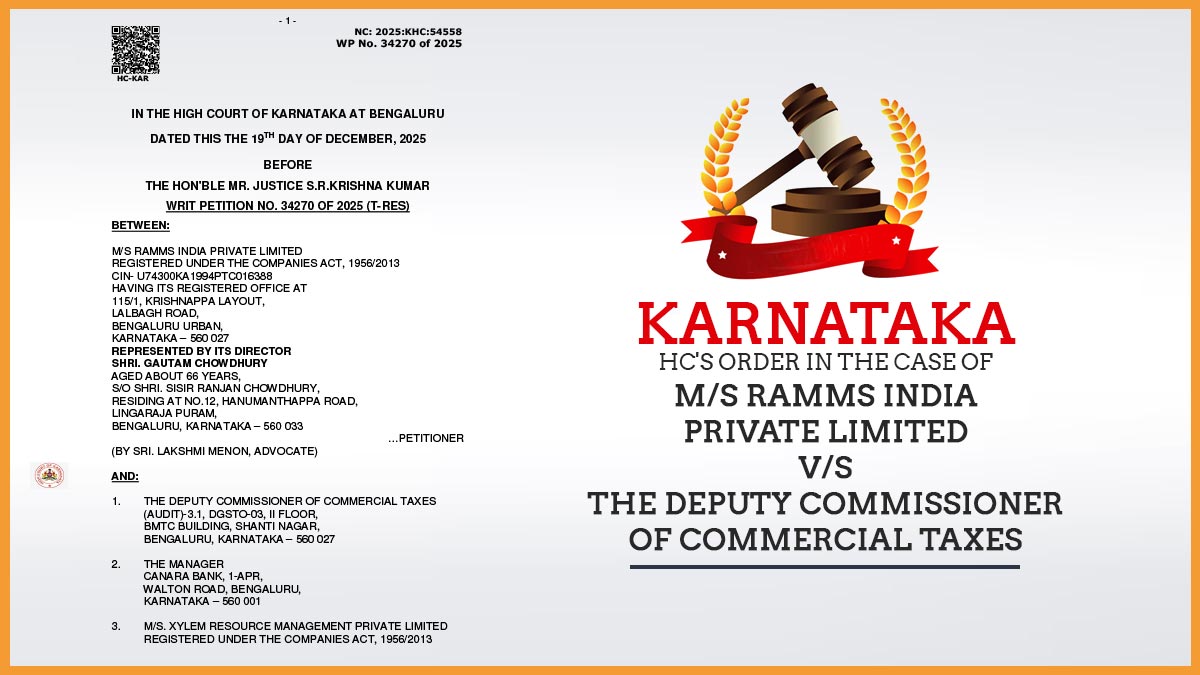Implementation of GST in July 2017 was a major and transformation step towards reformation in the indirect taxation system in India with a vision of “One Nation, One Tax”, after revolutions such as Make-in-India and Digital India by the BJP-led government to bring in comprehensive growth and economic evolution throughout the nation.
Under GST – One Taxation System, all the complex multiple-taxes such prevailing earlier such as Service Tax, Value-Added Tax, Central Excise Tax have been brought together and converted into one indirect tax which ideally justifies the slogan: ‘minimum government, maximum governance’, of Modi government and allows the boundless flow of Goods and services.
As a result, many non-tax payers entered into the taxation ambit and the number of registered taxpayers has went up by 80 per cent. This further increased the revenue collection from GST by 10 per cent with INR 1.13 Trillion during the FY19. This marks the highest-ever revenue collection since the rollout of GST regime. Other nations have witnessed considerable increment in inflation post- GST/VAT but notably India has gathered positive results in these three years. At the same time, the three years of GST era have been very challenging and costly for businesses in reference to the implementation of GST compatible software and imparting training to the staff. However, we can avoid the positive and transformation aspects of the GST regime. Let us have a glance over them:
Easy GST Registration and e-Filing
Pre GST
- Requirement of multiple registrations and approvals.
- SMEs and smaller start-ups were required to spend an enormous amount of effort, time and money to obtain licenses or get registered for different taxes like VAT, expunge duty, etc.
- Need to hire large numbers of tax professionals to accomplish the taxation process.
Post GST
- The GST registration process and online ITR filing are extremely simple and painless.
- a single registration is needed in each state.
- Knocks off the need to employ a large number of professionals for taxation work.
- Employing GST consultant initially raised the operational costs for organisations.
Digitalisation of Account Books
Pre GST
- Manual maintenance of books of accounts was prone to errors.
Post GST
- Computerised bookkeeping for the compulsory filing of online returns averts the erroneous data entry or data duplication.
- Many GST service providers like SAG Infotech (CA software company) provides tailor-made technology solutions to combat the software associated challenges.
Tax Invoice
Pre GST
- Manual bills issued by most of the business organisations in the retail sector resulted in non- reporting at the transaction level.
Post GST
- Now computerized billing / Billing at Point-of-Sale helps organizations upkeep real-time data and take business-related decisions in accordance to that.
- No dependency on the conventional model when reports were unavailable online.
ITC Availment
Pre-GST
- The indirect taxation mechanism did not have any provision for small and medium-sized enterprises to claim the credit on the VAT paid on capital goods, the cost for which the company had to pay.
Post-GST
- Under the GST era, small & medium-sized enterprises and smaller NBFCs, and many other corporate bodies who deal in goods and services can claim the credit on input tax given on the supply of goods and services.
Similar: How GST Adversely Affecting the Cashless Economy?
Rise in Purchasing Power
Pre- GST
- Complicated rules of availing ITC under VAT disallowed the free flow of money.
Post-GST
- Availability of uninterrupted input tax credit through the supply chain results in cut-down of the prices which in turn increases the frequency of spending and so the purchasing ability of the common man.
Other GST Benefits and Impact on Indian Economy
Elimination of the Descending Effect of Tax
Under the GST regime, all the indirect taxes are subsumed together to a single indirect tax which forms an all-inclusive tax structure. This abolishes the cascading impact of taxes which was troublesome for businesses in the pre-GST regime.
Advantages to Small Business
GST allows smaller traders and service providers, whose turnover ranges between INR 20 Lakh to INR 75 lakh, to avail the GST benefits in Indian for the composition scheme which liberates taxpayers with lower liabilities from the complicated processes and allows them to pay GST on a certain revenue rate.


